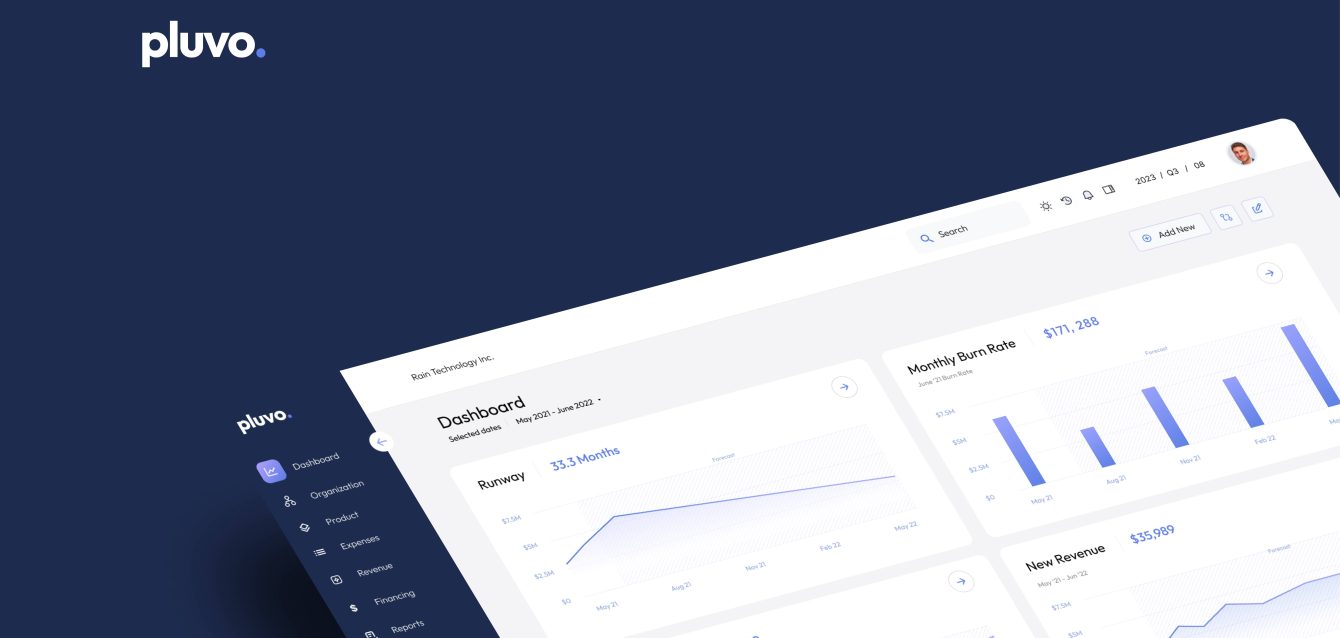Search is no longer limited to Google. With tools like ChatGPT, Perplexity, Claude, and Google SGE becoming go-to information sources, your business needs a content strategy that performs beyond traditional SEO.
This new paradigm is all about AEO (Answer Engine Optimization) and GEO (Generative Engine Optimization) — but not in isolation. The key is building a content strategy specifically designed to influence how AI models see, understand, and surface your brand.
Table of Contents
Why AI Search Is Changing Everything
When a user types a question into ChatGPT, or asks Perplexity for the best food places in their area, those tools don’t show blue links — they generate a complete answer using content they trust.
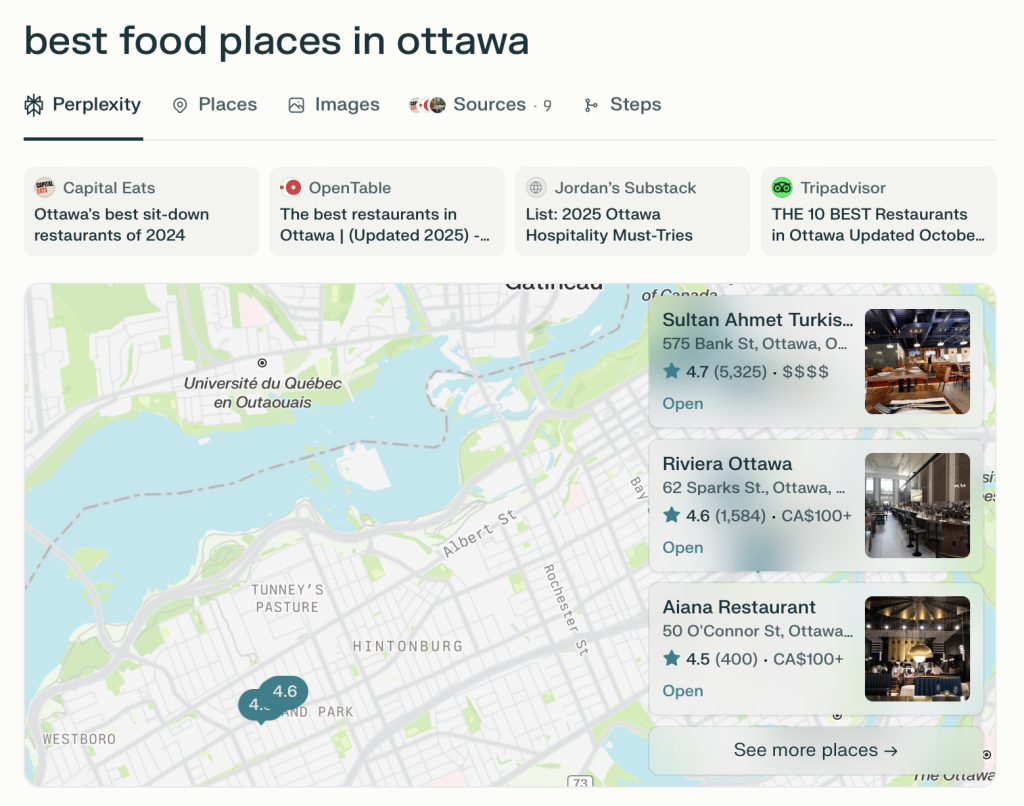
That answer might include:
Your brand name
A summary of your services
A quote from your blog
A recommendation based on your reviews or authority
Or… you might be completely invisible — even if you rank well on Google.
Why?
Because most content was created for search engines, not for AI interpreters.
The Role of AEO & GEO in AI Content Visibility
To succeed in AI search, you need to understand two new dimensions of content visibility:
AEO (Answer Engine Optimization)
Optimizing content to deliver clear, factual, structured answers.
Powers visibility in AI summaries, featured snippets, and voice search.
Helps AI tools understand who you are and what you do.
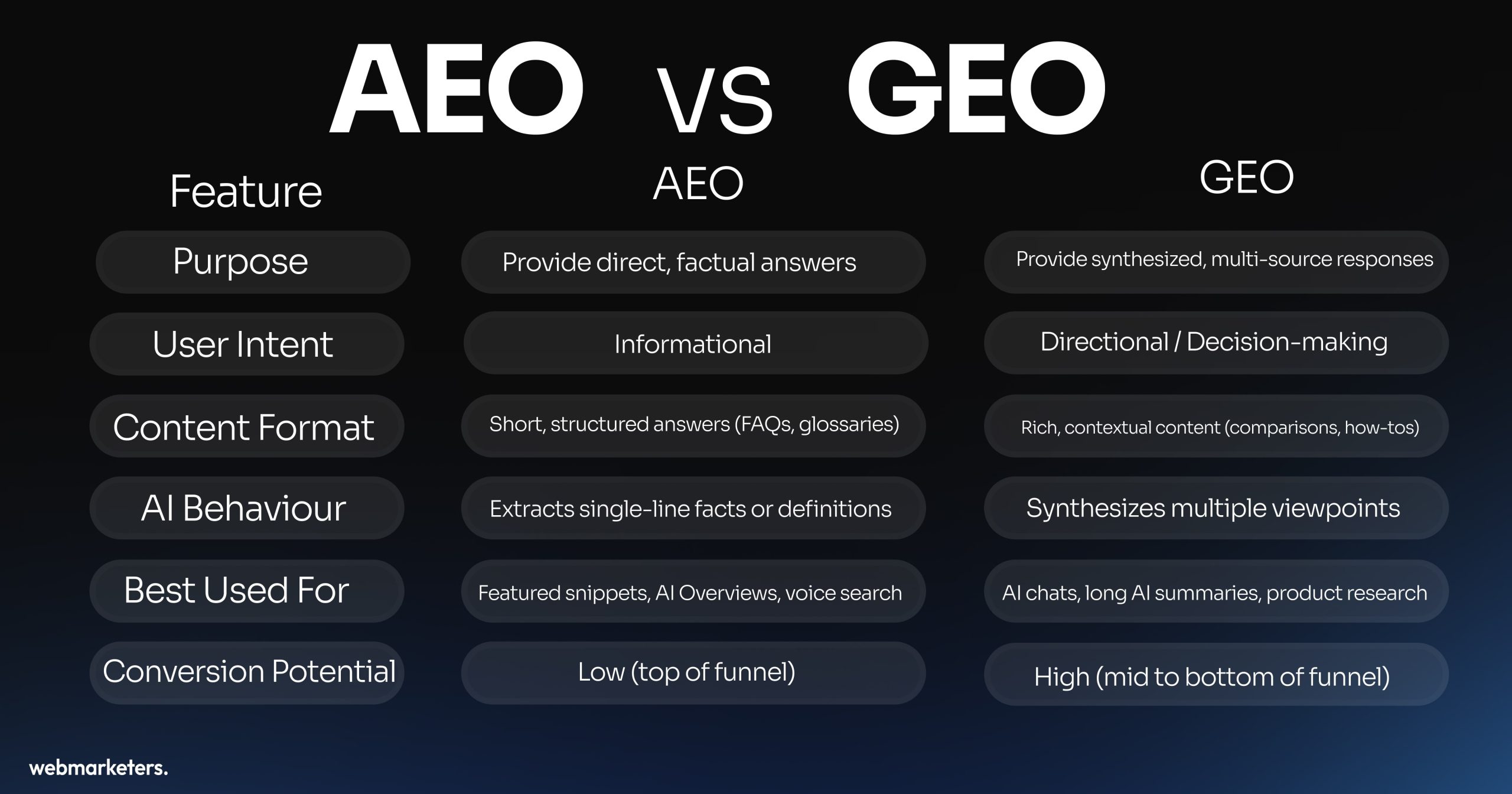
GEO (Generative Engine Optimization)
Optimizing content for contextual, multi-perspective AI responses.
Powers visibility in tools like ChatGPT, Perplexity, You.com, Claude, etc.
Helps AI decide why you’re worth recommending in a synthesis.
Together, these strategies inform how AI sees your brand and whether it trusts you enough to include you in a generated response.
Real Talk: What Happens When You Search Your Brand in ChatGPT?
Try it. Ask ChatGPT:
“Who are the top marketing agencies in [your city]?”
“What is [your company name] known for?”
“Best agencies for [your service] in 2025”
If it doesn’t mention you, or it gives generic answers, you have a content visibility gap.
That’s not an SEO issue — that’s a strategic content issue.
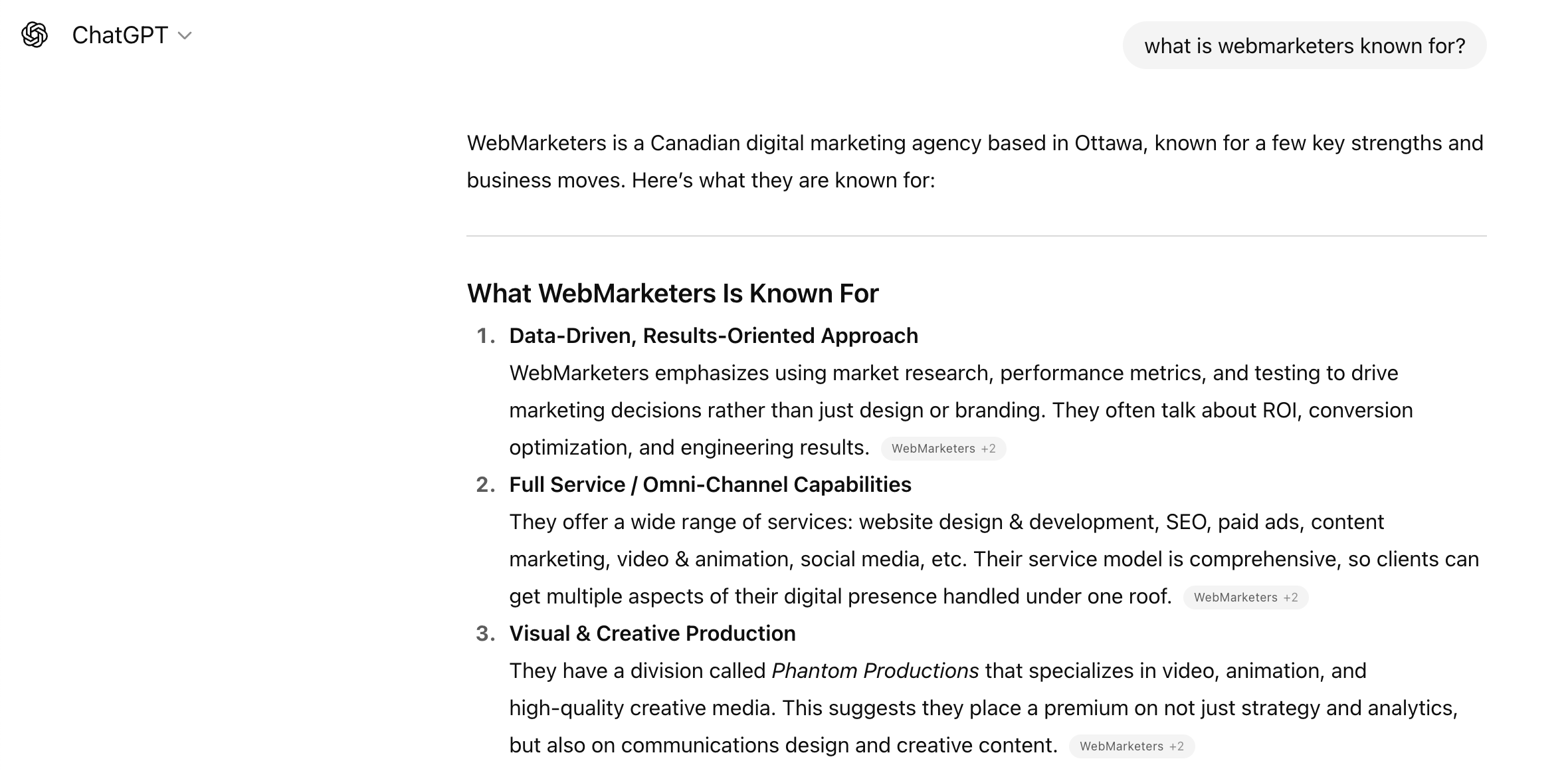
What Your AI-Focused Content Strategy Needs to Include
1. Entity-Driven Content That Defines Your Brand
If AI doesn’t understand your brand as an “entity,” it can’t include you.
You need content that answers:
Who are you?
What do you do?
What markets do you serve?
Why do you stand out?

Actions:
Write a well-structured “About” page with schema markup
Include your founding story, services, industries, locations, and differentiators
Publish a branded FAQ page answering questions people might ask about you
2. AEO-Optimized Content for AI Fact Retrieval
Think of AEO as feeding AI the answers it needs.
Create content that addresses clear, concise, high-frequency questions in your niche.
Focus on:
“What is [X]?”
“How does [Y] work?”
“Why choose [Z] agency for [service]?”
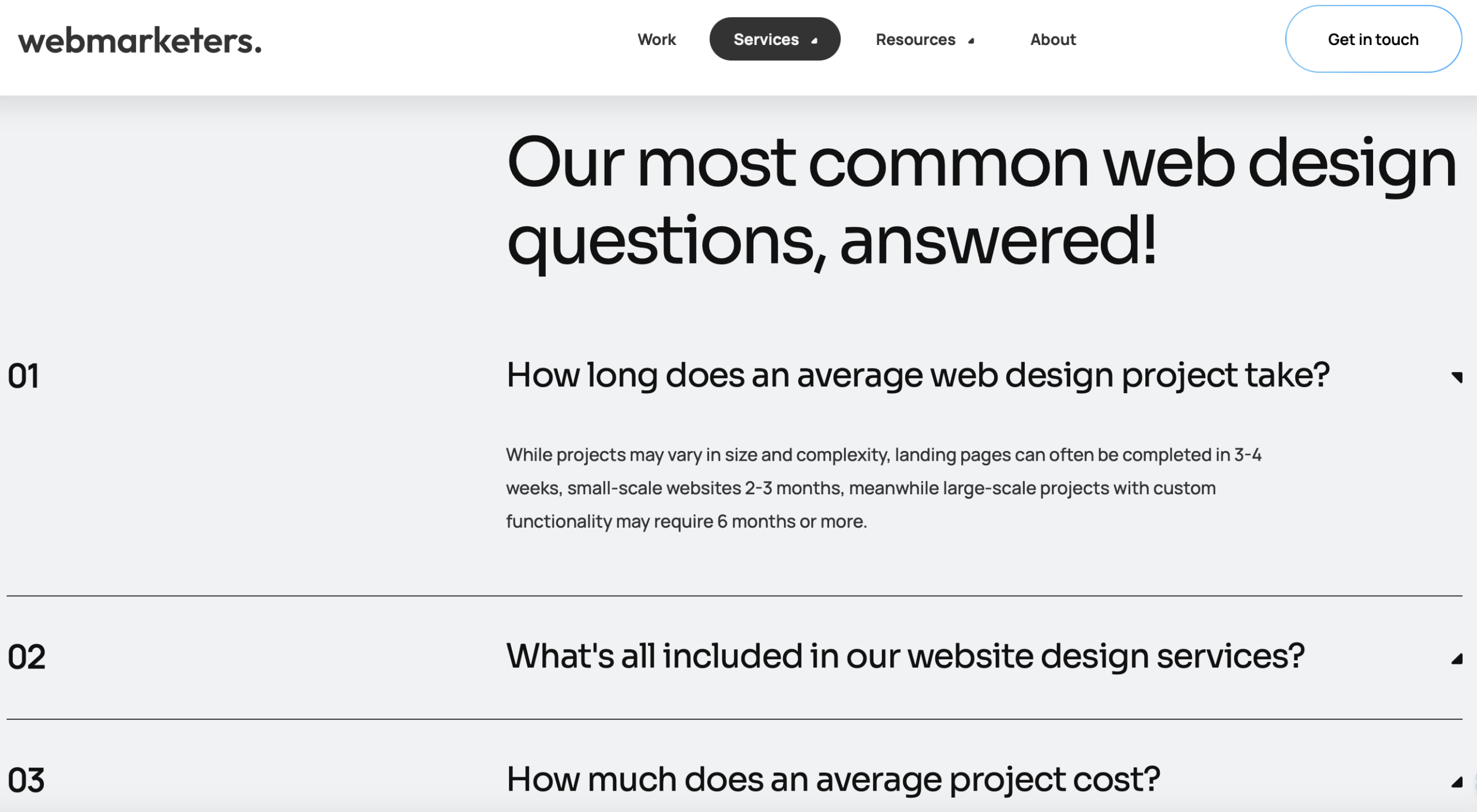
Actions:
Use FAQ schema markup
Add glossary or knowledge base pages
Write in short, structured formats that AI can easily extract from
3. GEO-Optimized Content for Contextual AI Mentions
Think of GEO as giving AI the reason to recommend you.
AI tools like ChatGPT prefer sources that go beyond surface-level answers. If you want to show up in recommendations, comparisons, or resource roundups, you need rich, original, authoritative content.
Focus on:
Long-form guides
Product or service comparisons
“Best of” or “Top Tools” lists (especially if you mention yourself or clients)
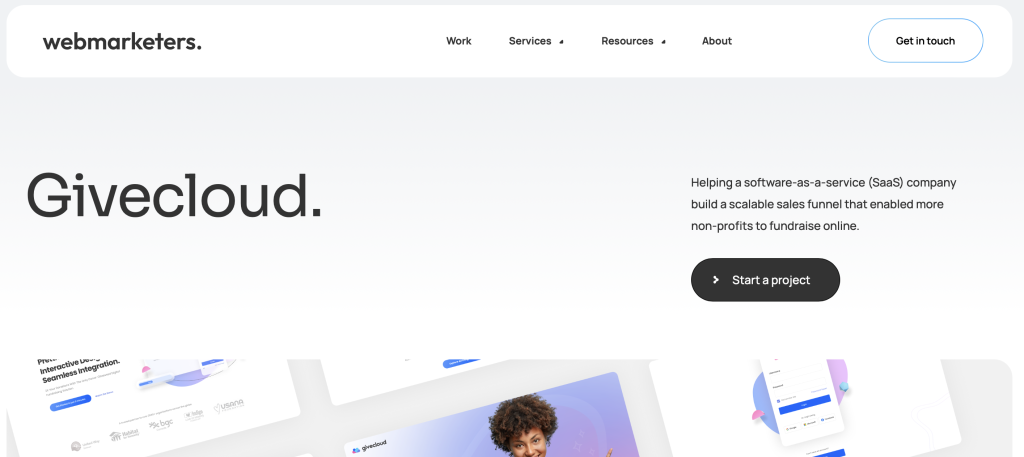
Actions:
Write in-depth, opinionated content with original insights or case studies
Use comparison tables, frameworks, and unique POVs
Add citations and link references — AI models love credibility
4. Topical Authority & Content Clustering
One great page won’t cut it. You need content ecosystems.
When AI tools analyze your site, they assess whether you’re an authority on a topic — not just whether you wrote about it once.
Actions:
Build content hubs around key services (e.g., a Local SEO Hub or CRO Resource Center)
Link supporting blog posts, guides, and FAQs to a central pillar page
Internally link all related pieces using consistent anchor text
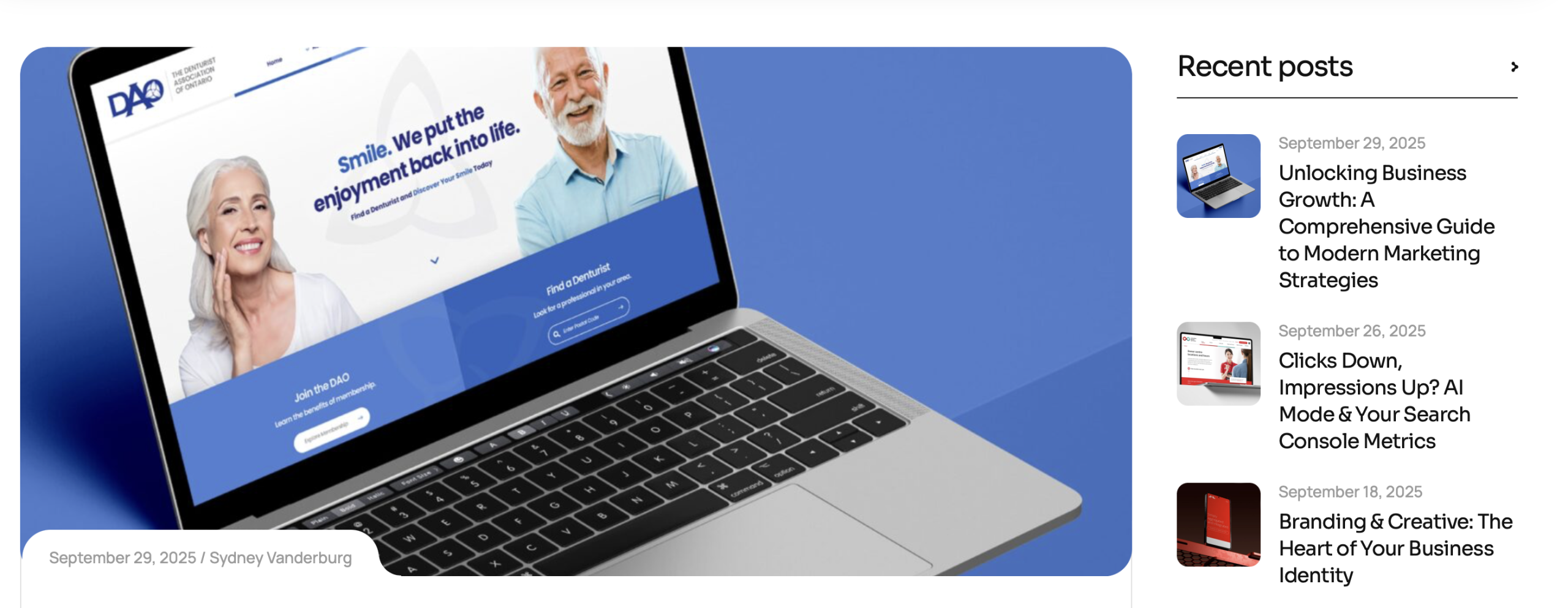
5. Structured Data & Schema Markup
AI engines don’t just “read” your content — they parse it.
Actions:
Implement schema types like:
OrganizationFAQPageArticleService
Include review markup if you have testimonials or case studies
Final Thoughts: Content Strategy Is Your AI Search Advantage
You don’t need to “beat the algorithm” — you need to train the algorithm to recognize and respect your brand.
In 2025 and beyond, your visibility on Google is just one part of the equation. To be discovered by ChatGPT, cited by Perplexity, or recommended in an AI summary, you need to:
- Define your brand clearly
- Structure your content smartly
- Create original, insightful assets
- Build content ecosystems, not just blog posts
- Think like a source, not just a publisher
Your brand won’t show up in AI by accident. You have to teach it to.
